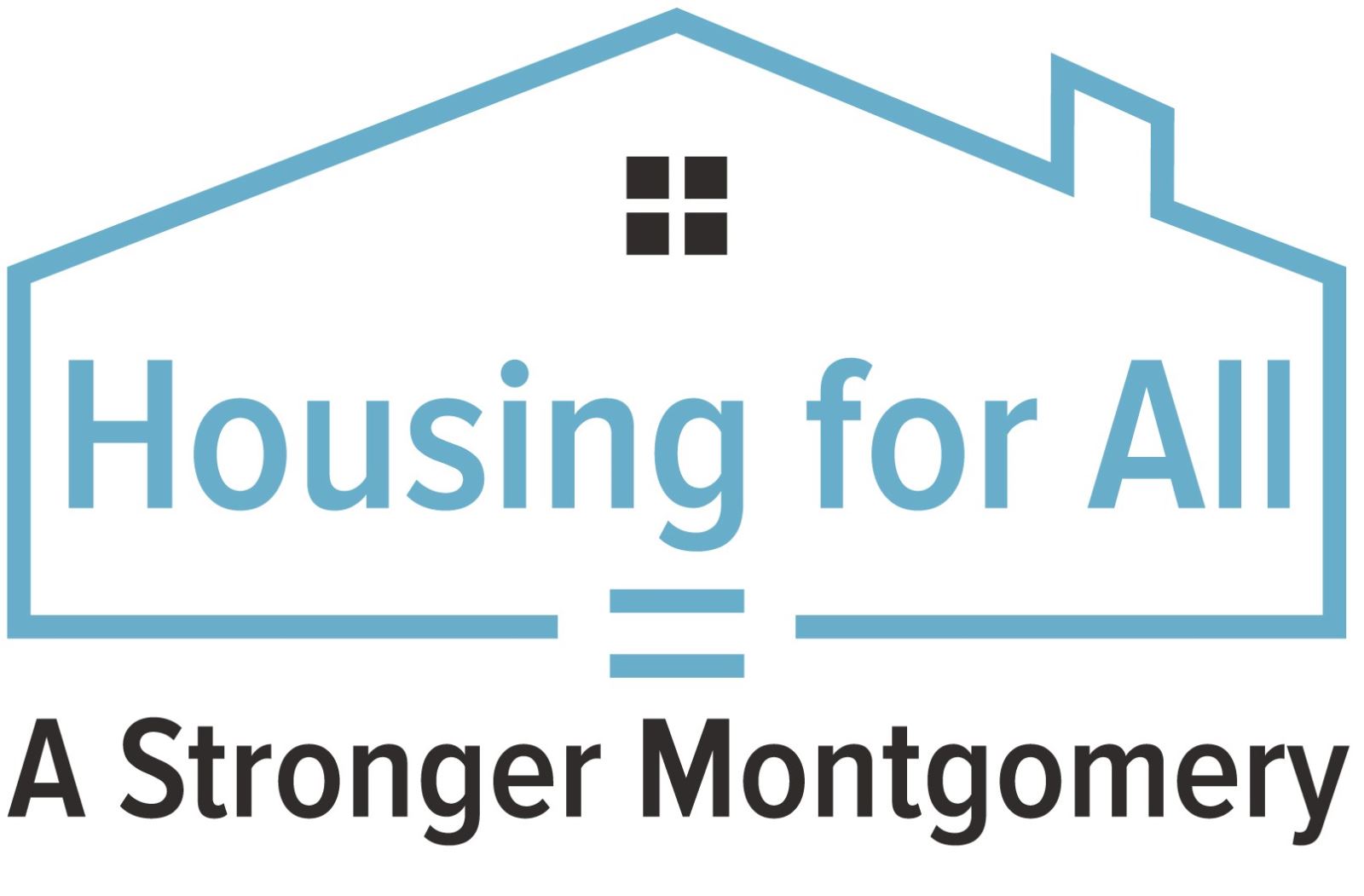Overview
The Montgomery County Housing Continuum of Care (CoC) --or system -- is designed to make the experience of homelessness rare, brief and non-recurring through a broad array of strategies including:
- homelessness prevention
- temporary shelter
- outreach
- housing subsidies
- supportive services
Montgomery County's Housing First plan continues to focus on reducing the length of stay in homelessness and providing stable housing for those exiting homelessness. Efforts focus both on assisting households at imminent risk of homelessness to remain housed and assisting homeless households to rapidly exit homelessness to permanent housing.
A Public-Private Partnership
This public-private partnership is aligned with the work of the CoC and the Interagency Commission on Homelessness (ICH), which acts as the CoC's governing board. The underlying philosophy of the program aligns with the Housing First principles of low-barrier access, consumer choice, community integration and housing orientation. This reflects a shift away from the “housing readiness” model and towards a model where the housing comes “first” and wrap-around support services are offered to maintain housing stability.
A "Person Centric" System
Montgomery County’s Housing First plan seeks to create a “person centric” system that is based on the needs of the population rather than available resources and existing program models. To do this effectively, one must understand the nature of the problem. Data collection and analytics are a primary focus. These efforts include:
- Increasing the CoC capacity to use a common prescreening tool called the Vulnerability Index- Service Prioritization Decision Assistance Tool (VI-SPDAT) for all individuals experiencing homelessness to determine the most appropriate housing intervention for that individual and identifying the aggregate needs of the community.
- Exploring other assessment and screening tools to determine housing and service needs of families experiencing homelessness.
- Finally, the Department of Health and Human Services (DHHS) has launched a new web-based integrated case management system to electronically record client information across the multiple service areas within the department. This is particularly important for the Housing First plan as it allows us to capture robust data on households utilizing prevention/ housing stabilization services and compare this to the population utilizing our homeless shelter system.
Support Services
Another key component of the County’s shift toward a Housing First, "person-centric" system is ensuring all persons in the "system" are provided support services that adequately meet their unique needs. Fortunately, DHHS is an integrated department with meaningful collaboration across multiple service areas including:
- Aging and Disability Services
- Behavioral Health and Crisis Services
- Children, Youth and Family Services
- Child Welfare Services
- Public Health Services
Significant efforts are being made to identify the individuals who have not been able to access housing and services through traditional methods and determine how existing resources can be leveraged to enhance housing support services and identify gaps within DHHS. Through this process, the need for an integrated Housing First intensive case management team has been identified.



